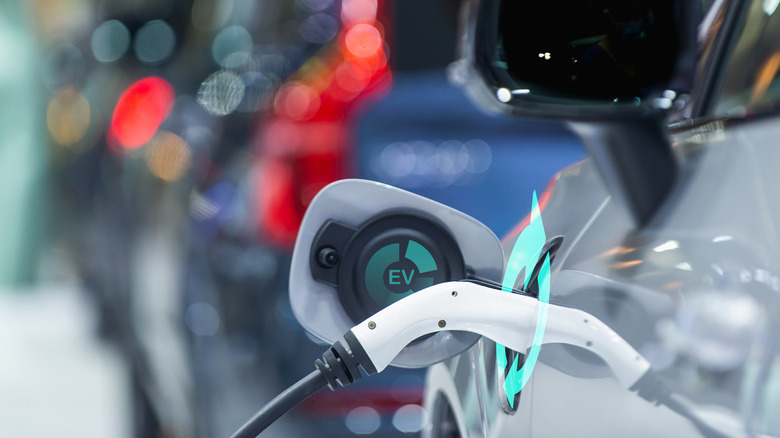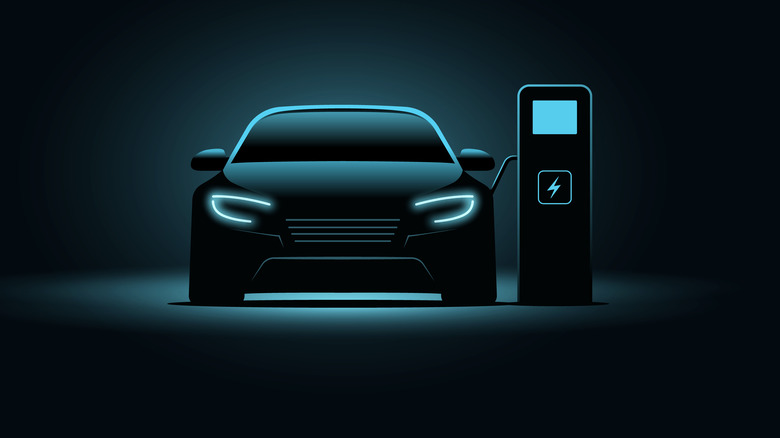This New EV Tax Rule Could Cost Some Buyers Thousands In Credits
EV tax credits are about to get more complicated in the United States, and until April 18, there's no clarity on which car models are going to lose it. The Internal Revenue Service has published a new draft guideline for the EV tax credits worth up to $7,500 offered by the US government. This one revises the two core requirements for battery minerals and components, both of which are worth $3,750 each towards the clean vehicle tax credit. The revision tightens the restrictions around EV battery tech, which ultimately means the number of electric vehicles that are eligible for the tax benefit will go down in the coming weeks.
To recall, the revised EV tax credit already has a few fundamental requirements related to battery capacity, the weight of the vehicle, brand origin, the extent of local assembly, and of course, a price cap. The latter is $55,000 for sedans and $80,000 for larger vehicles. However, there are a couple of extra criteria inherently associated with the battery inside that will keep changing for at least the next few years, and yet, they decide eligibility for the tax credit. However, the fresh eligibility proposals won't be applied until April 18, which means EVs purchased before that will be eligible for up to $7,500 in cost relief if the car meets the current set of requirements.
It's all about the global race to EV dominance
As part of the new rules, the battery inside an electric vehicle must have at least 40% of its minerals (by value) processed on US soil or sourced from a friendly country that has trade ties of a special kind with the United States of America. With each passing year, that percentage will rise by 10%, reaching the 80% threshold in 2027, and rising further until 2029. The idea is to break away from China's dominance in the EV battery market, which happens to be a global hub of industrial battery processing and supply. Under President Biden's governance, the focus is on developing the United States' own EV capabilities, starting from material sourcing to design and manufacturing.
The second criterion pertains to battery component share. As part of the revised proposal, 50% of a battery's component must have been assembled or manufactured on US soil for a car to qualify for the clean vehicle tax rebate. As mentioned above, once the proposal goes into effect, the number of vehicles that will be eligible for the tax credit will go down, but officials say this will only be a temporary change. In the years to come, as the US ramps up its own EV component processing and car manufacturing facilities, the number of eligible vehicles will go up. But for now, EV buyers will feel the sting or have their choices narrowed down to even fewer models than before.

